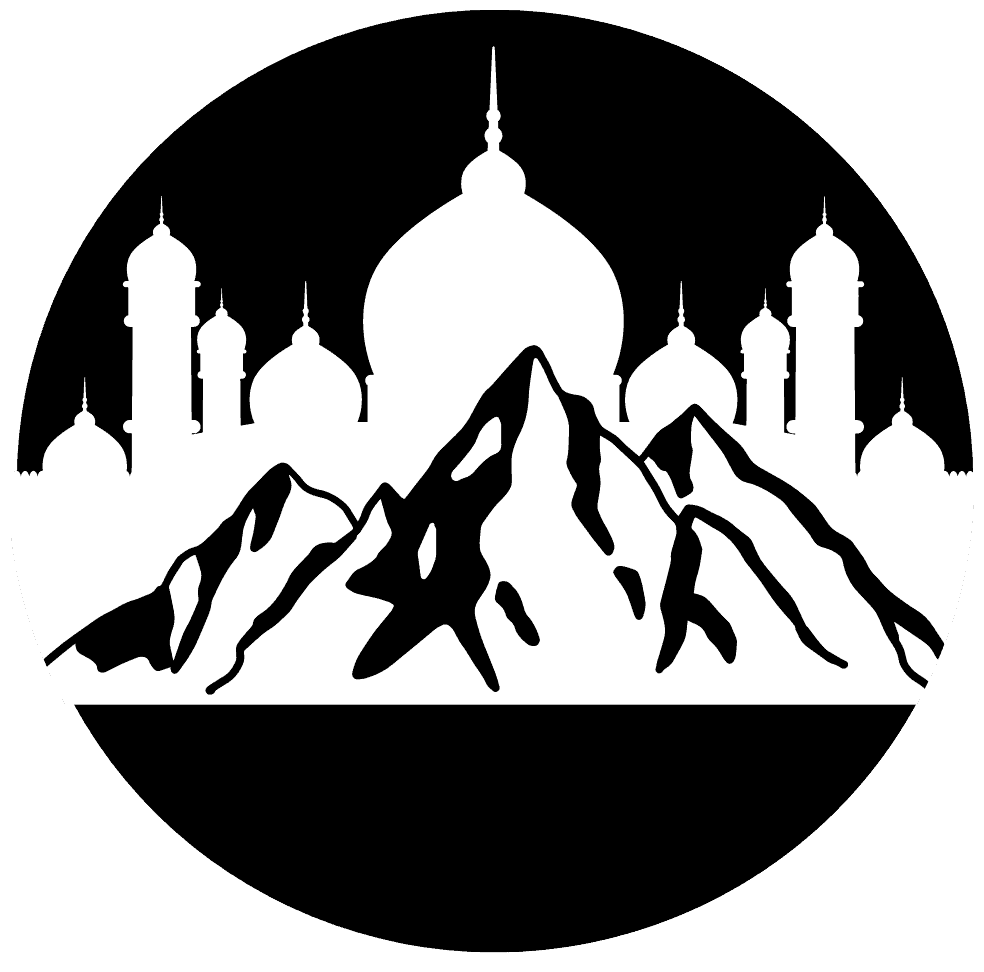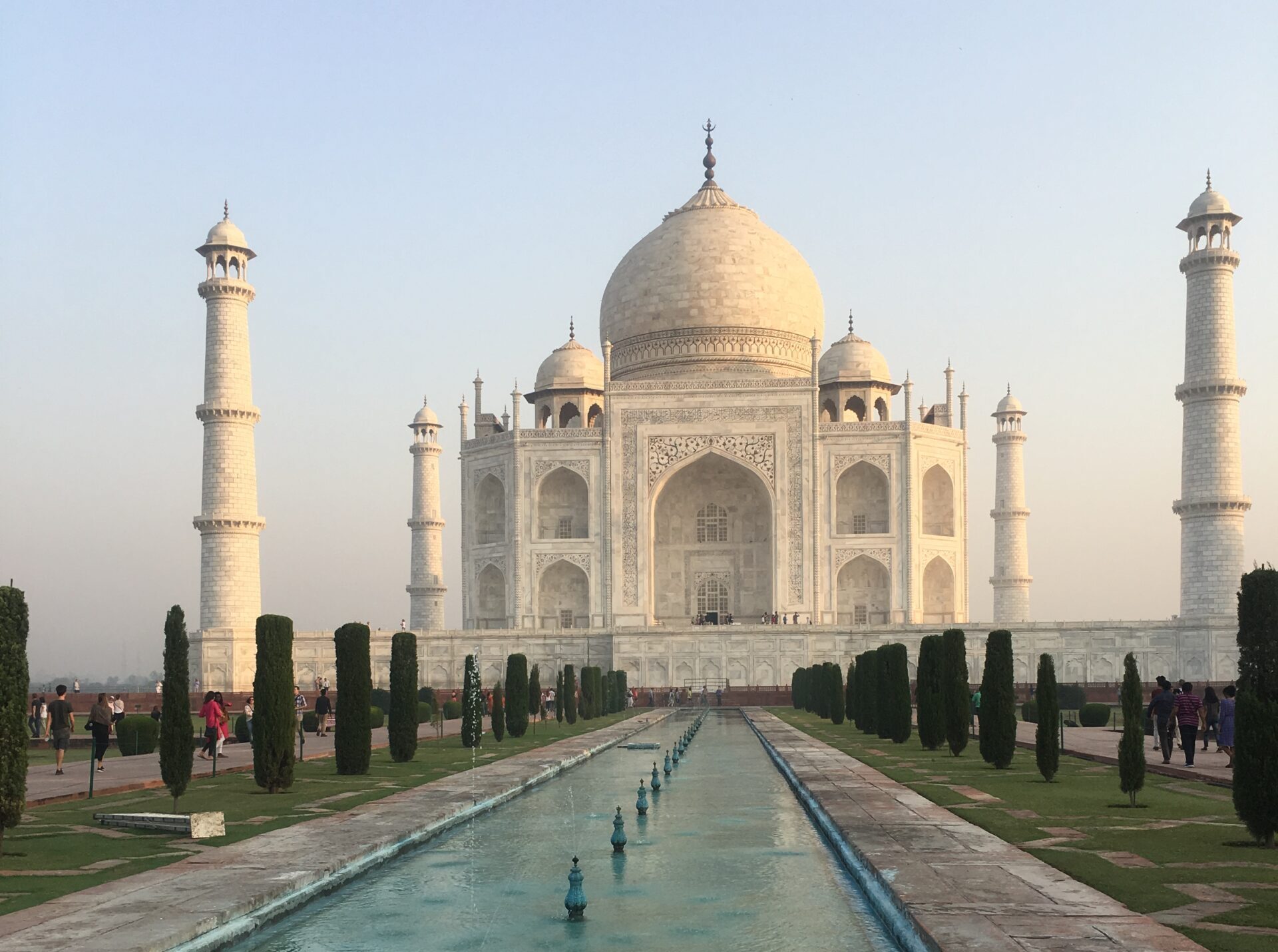Ultimate Travel Guide To India Trip Planning In 2025
Are you thinking about planning a trip to India but don’t know where to start? This complete travel guide to India answers frequently asked questions that arise during trip planning.
As a frequent traveler, I found India to be intimidating when I was planning my first trip in 2017 so I’ve broken down information that would have been helpful to me. Today, I’ve visited India many times, including living in Mumbai for a year.
If you are a first time traveler to India, you should also check out even more important travel tips for visiting India for the first time.
India Travel: Trip Planning Logistics
Planning and logistics are very important for travel in India! It’s not as easy to navigate as destinations in places like Europe and North America.
Do I need a visa for visiting India?
Yes, you will need a tourist visa for visiting India. Depending on where you are from the process can vary, but for more than 150 countries (including the US, Australia, Canada, UK and more) you are eligible to apply online for an eTourist Visa BEFORE your trip. You need to apply at least 4 business days before your arrival date.
The e-visa gets emailed to you usually within 24 working hours, but it’s best to abide by India’s timeline requirement of 4 business days prior in case it takes some processing time. Apply here on India’s government site.
There is a fee which can vary depending on which country you are from, but not more than $60.
The standard eTourist Visa allows entry for up to 30 days in India with 2 entries allowed. If you are a US citizen you are also eligible for the 1-year or 5-year tourist e-visa which is valid for multiple entries, which cost a bit more than the standard 30-day visa.
Insider tip: the email you receive to notify you the e-visa has been granted is NOT your actual visa. You need to go back to the India visa website and click on “check the status” of your visa where you will be able to load the page that has your actual visa. It has a government of India seal in the background; this is the page you will need printed to hand to immigration officials upon arrival.
India Travel: Itinerary Planning
Below are some options for where to visit on your trip to India below, but did you know I offer itinerary planning services? If you want your trip planned for you based on your own unique travel preferences, reach out for a customized itinerary.
Or check out a basic route recommendation I put together for the best India itinerary for first-time visitors.
When is the best time to travel to India?
The best time of year to travel to India depends on where you want to go within the country, so I have broken this answer down by region.
North India & Central India
North India has a prolonged hot, dry spring / summer (March – June), wet monsoon season (July – September) and a cold winter (October to January). It is a vast tract of land stretching across the Himalayas, the Thar desert and the Indo-Gangetic plain. Summers are perfect to explore the northern stretches (Himachal Pradesh, Uttarakhand, Leh-Ladakh etc.) and the winters are more suited to exploring the plains and the desert. The winter brings shorter days but the summer is grueling and the monsoon season brings disruptions.
Watch out: Pollution levels are higher in the north during winter causing smog which could mean transport disruptions.
South India
South India has a generally sub-tropical climate with areas around the coast being wetter during the monsoons. The monsoon in the forest of South India is spectacular and the abundant hill stations make South India a great summer destination. The winter brings milder weather and lower humidity making for more comfortable excursions.
Northeast India
Northeast India is divided into the plains of Assam, the Himalayan highlands near Tibet and the Himalayan foothills. Barring Assam, most of the northeast has a temperate climate, making it a great option for offbeat travel in India all year round.
What are the most popular cities to visit in India?
A common itinerary for tourists is Delhi, Agra, Jaipur, and then onto Udaipur and/or Jodphur. You get the convenience of flying in and out of the capital city of Delhi. This route is commonly referred to as the golden triangle.
There are plenty of amazing destinations to explore outside the golden triangle as well.
What are some less popular Indian cities worth visiting?
North India: Rajasthan has cool cities with plenty of history and culture, but I suggest leaving that state to experience more of what India has to offer. If you are in Rajasthan and want to check out places outside the golden triangle, consider visiting Pushkar.
Northeast India has plenty of beautiful nature sites to explore! Consider traveling to unique destinations like Shillong and Cherapunjee in Meghalaya.
Central India: Madhya Pradesh has national parks where you can go on safari to try and spot a tiger or leopard. I recommend checking out Kanha National Park or learn more about my travel experience at Panna National Park.
South India: There’s so much to explore in the beautiful southern state of Kerala, including Munnar and Alleppey.
For international travelers, consider visiting some underrated destinations in India.

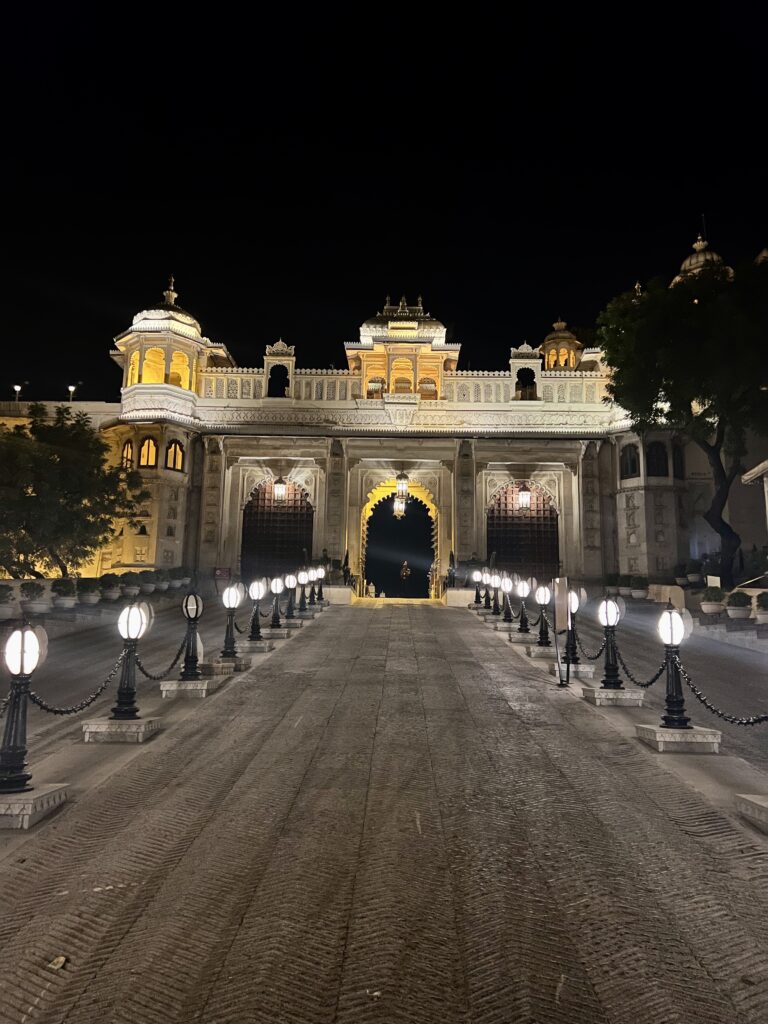
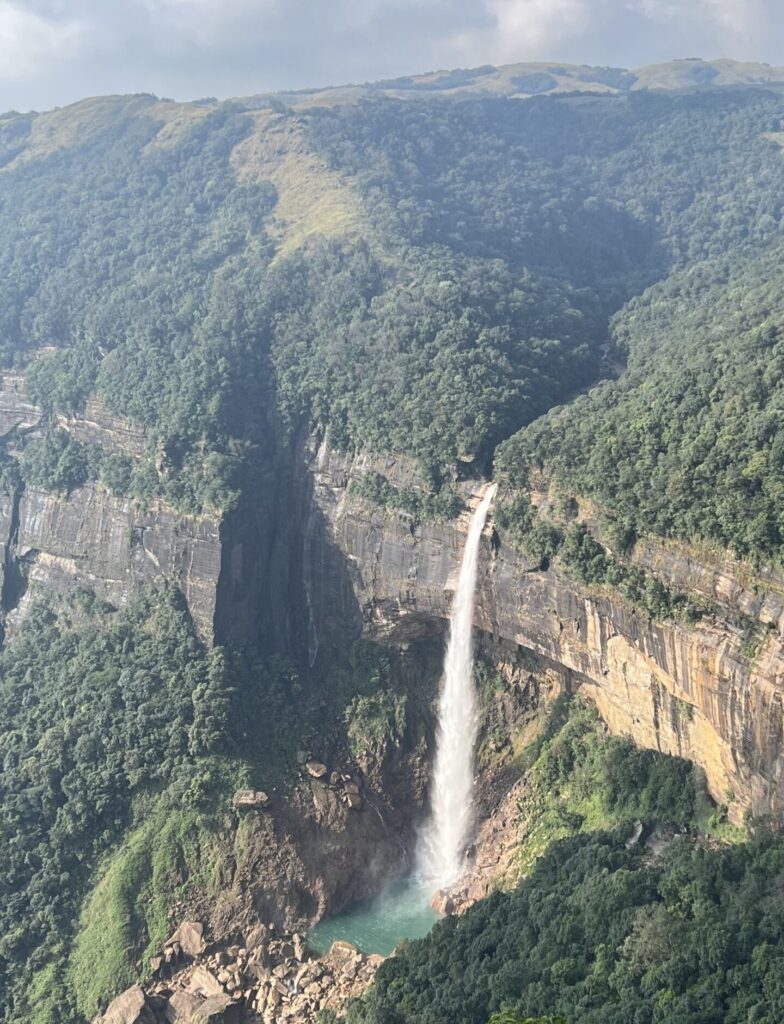
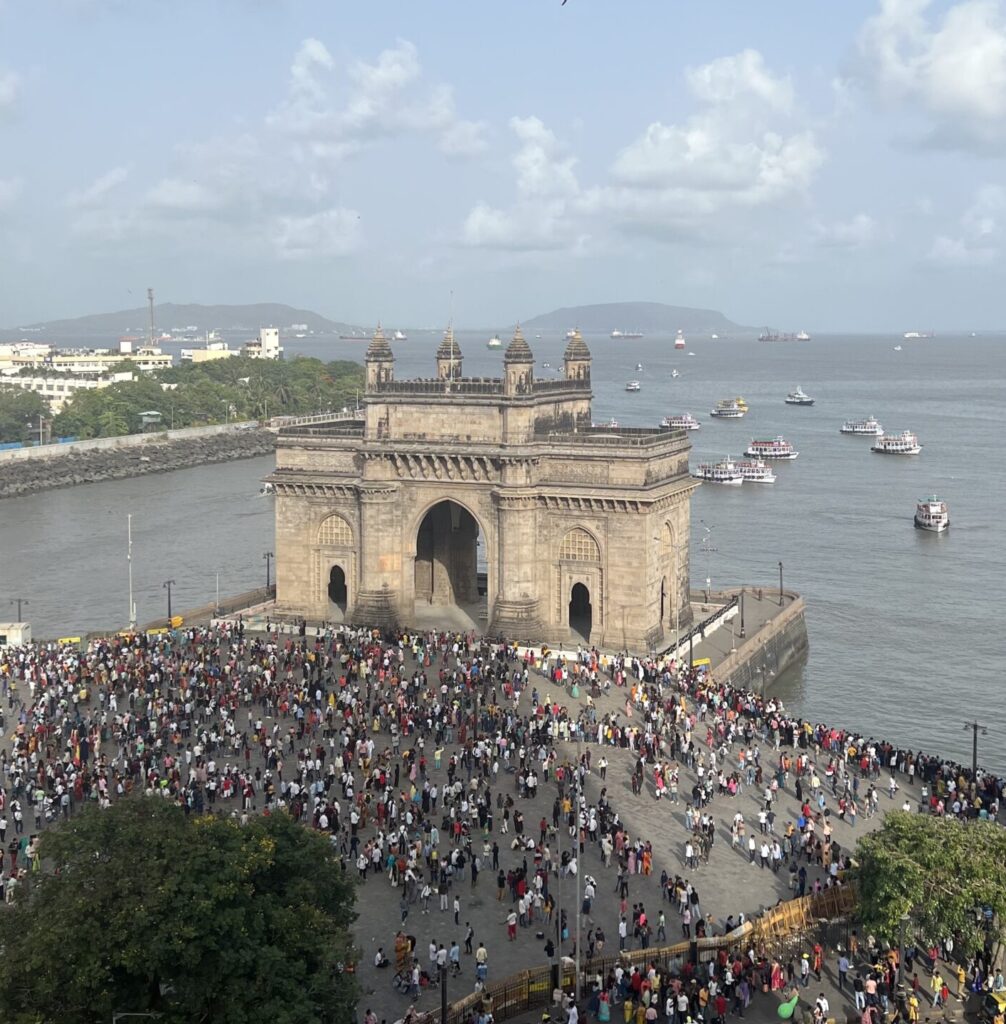
Best Ways To Get Around India
India is large country with varying landscapes and cultures to explore. It’s about 1/3 the size of the United States so you’ll need to plan out how you will travel between each of your destinations within the country.
What is the best way to travel between cities in India?
MakeMyTrip.com is the best website for booking travel within India.
There are low cost Indian airlines that can be convenient for flying within the country, such as IndiGo, SpiceJet, and Go First.
Trains are a commonly used means of transport in India. In fact, train travel is an essential part of Indian culture. You can always take an overnight train between cities and save on the hotel spend for a night.
Can I rent a car in India?
This is not a popular option for international travelers. First of all, the driving and traffic in Indian cities can be intense and chaotic. Second, there aren’t many options for car rental like there is in the US and Europe. Third, hiring a driver is more affordable and will likely make the most sense for your trip.
If you feel confident driving and still want to rent a car for yourself, you can use Zoomcar. One word of warning, my partner and I once a booked a car through Zoomcar and when we arrived at the destination, there were no cars available. Also, because Zoomcar is a car sharing service the rentals are for round trip (not one-way).
What is the best way to get around in Indian cities?
Uber is widely used in big Indian cities. Another popular app is Ola.
Taking a rickshaw is the cheapest and, in my opinion, most fun way to travel around Indian cities. You can use the Uber and Ola apps to order a rickshaw by selecting the “Auto” option.

India Travel Planning: Money
Breaking down what to know about money for planning a trip to India.
Do I need to carry cash when traveling in India?
The Indian Rupee (INR) is the currency used in India. You will need to carry some cash when traveling around India as credit cards aren’t accepted everywhere (i.e. a rickshaw or some food stalls).
India is advanced in accepting digital payment apps such as GooglePay, PayTM, or PhonePe, making cash transactions less popular than they were even a few years ago, but I still recommend having cash on hand.
UPI is the payment gateway behind these apps and requires an Indian phone number and bank account to set up so not the best option for visitors. However, the PayTM app has a wallet option as well which you can load through credit or debit card. But you will still require an Indian phone number to use so this is a good option if you get a local SIM.
Can I use a credit card in India?
Yes, bring your Visa and Mastercard. Before your trip be sure to check that your credit cards don’t charge international fees. However, American Express is not widely accepted.
India Travel Planning: Language
What to know about language in India before your trip.
Do they speak English in India?
There are hundreds of languages spoken in India, with Hindi being the most widely-spoken. English is one of the official languages of the country. If you are in a city like Mumbai or Delhi you’ll see signs mostly in English, menus at restaurants in English, and schools that teach in English.
Other popular languages include Bengali, Marathi, Telugu, Tamil, Gujarati, Urdu, Kannada, Odia, Malayalam. Language can change in a matter of kilometers where local dialects are spoken.
What are some Hindi phrases to know when traveling India?
Even if they are not fluent English speakers many Indians will understand basic English. A rickshaw driver, for example, will likely understand “right, left, and straight” if you are telling them where you want to go. But, in my opinion, it’s always nice to learn a little something new and try out the local language.
“Kaise ho?” – translates to “how are you?”
“Kitna?” – translates to “how much?”
“Nahi chahiye” – translates “I do want not.” Use if you are declining hawkers or services.
“Dhanyawad” or “Shukriya” – translates to “thank you” but most people will understand a simple English “thank you.”
India Travel Planning: Food & Drink
Answering top questions about eating and drinking during a trip to India.
Can you drink the water in India?
You cannot drink unfiltered tap water in India because of harmful bacteria that may be present. Hotels will provide bottled water or safely filtered water for drinking. Restaurants will ask what your water preference is; to be safe you can request bottled water, but in most cases the non-bottled water they provide will also be filtered.
What should I eat in India if I don’t like spice?
Try requesting less spice when you order food. In general, any sauces or dishes that are butter heavy, such as butter chicken (murgh makhani), will be less spicy. Curries lighter in color are milder.
South Indian foods like idli and dosas tend to have less spice. Other dishes with little spice include yellow dahl and korma. You can always add more yogurt to help neutralize spicier dishes like biryani.
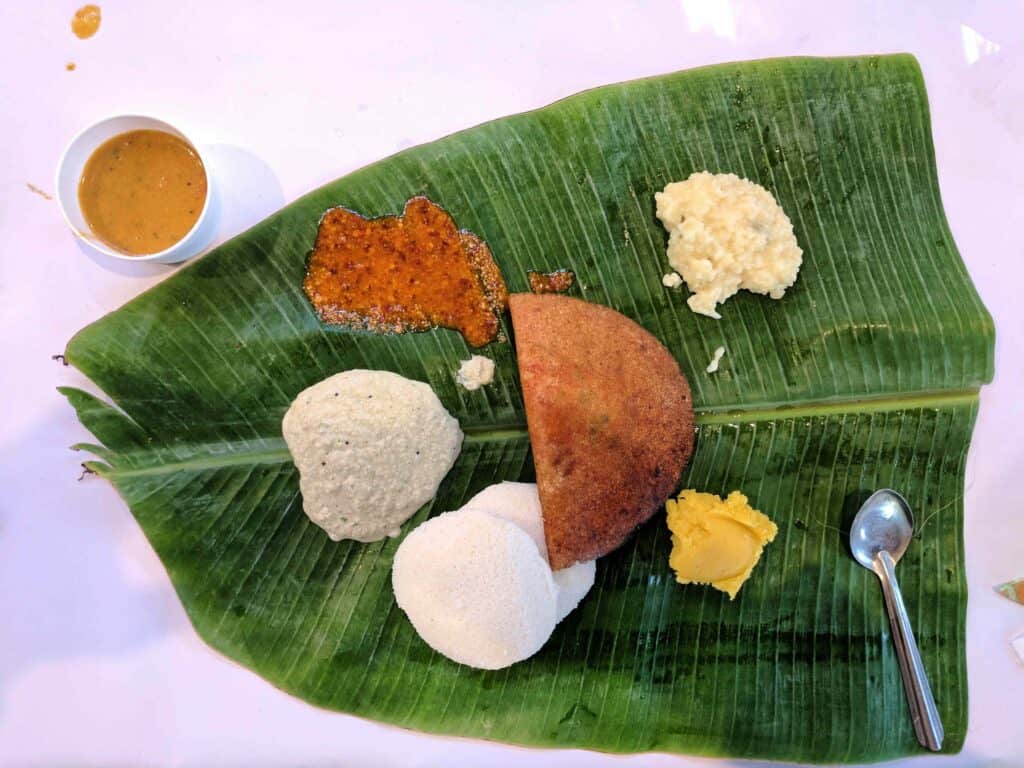
India Travel Planning: FAQs
Breaking down miscellaneous questions about traveling in India.
What can I wear in India? / How should I dress for my trip in India?
It’s most important to pack comfortable breathable clothes. In a lot of places, throughout most of the year, it will be very hot so be sure to check the forecast ahead of time to know just how much heat or rain you’ll be dealing with.
If you are visiting religious sites, you’ll need to cover your shoulders and knees so be sure to pack outfit options with more coverage for those places.
In the north, people do tend to dress more conservatively so it might be worth saving more revealing dresses for other destinations. Feel free to wear your shorts and tank tops worriless in cities such as Mumbai and Bangalore and generally in the south.
For more tips, check out What To Wear In India: Essential Tips For Tourists.
If you’re attending a wedding during your time in India, I have laid out the options for What To Wear To A Indian Wedding As A Non Indian Guest.
What time zone is India in?
All of India is in one time zone, Indian Standard Time. There is no daylight savings and no traveling between time zones within the country.
TLDR: Ultimate Travel Guide To India Trip Planning
India can be chaotic which may cause overwhelm for travelers not familiar with the country. But with a little bit of research you can plan an unforgettable trip! I remember planning my first trip to India in 2017 and feeling a bit bewildered, but after spending time getting to know the beautiful country and its welcoming people I feel well equipped to enjoy my travel there.
If you are looking for even more help to make your trip to India amazing, you can request my travel planning services here.
After reading through this travel guide are you still debating if you want to plan a trip to India? Here are the 27 of the BEST Reasons To Visit India.
